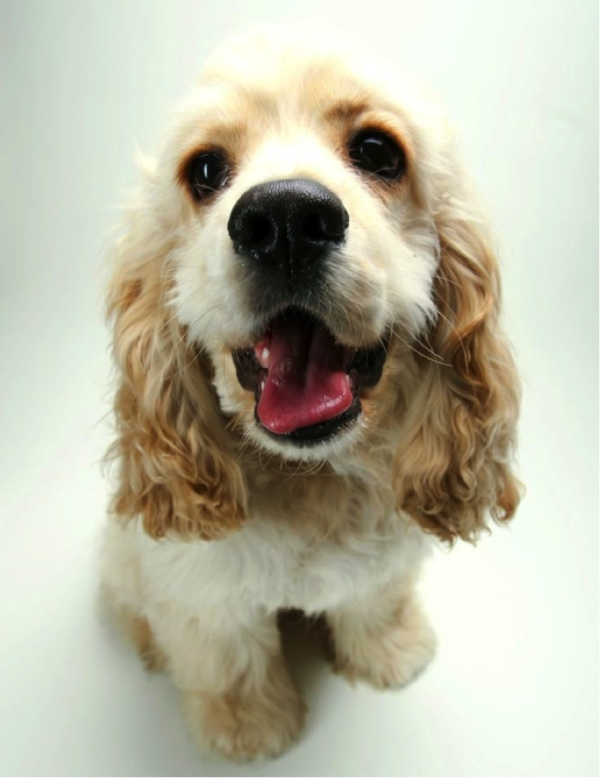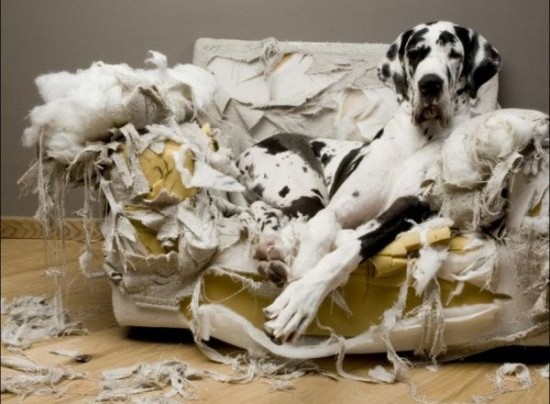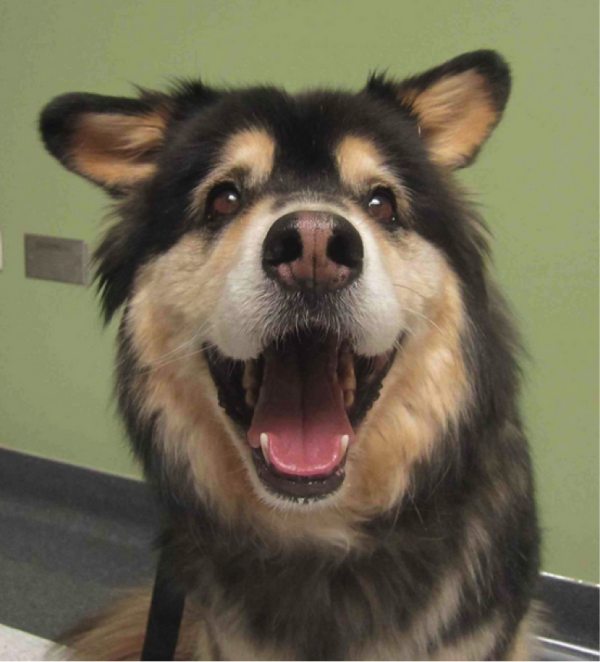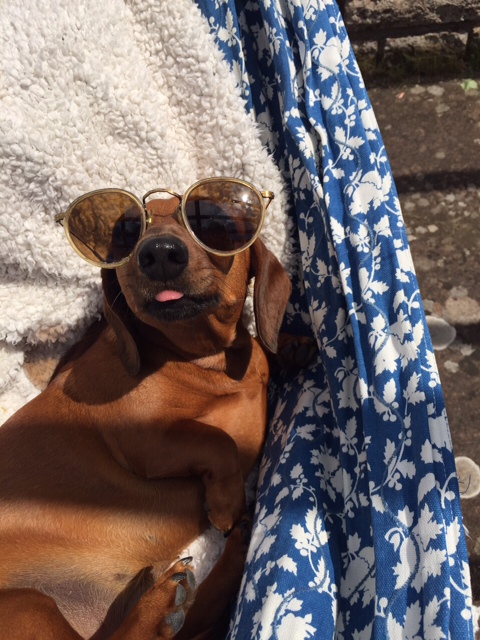Whilst we’re frequently looking for ways to conquer our own bad habits, we’re going to help you overcome some of your dog’s most unseemly characteristics. Our friends over at Monster Pet supplies shared their top 10 worst dog habits with us and how to overcome them. Go on – be honest, you love them really!
1. Barking at neighbours or at any noise
Firstly, stay calm! Dogs are prone to mirroring their owner’s energy, so if you seem irate, chances are your dog will also feel frustrated. Use a sound, look or a movement (such as a physical correction, like gently moving them away from the door) and calmly repeat until your dog stops barking and gives you their attention. Consistency is the most important thing to remember. It could be that your dog is barking out of boredom; and hearing the postman or a passing neighbour excites them. Be sure to challenge your dog mentally and physically, either by making their walks more of a challenge – if your dog loves swimming that’s a great way to include some added exercise, and increase stimuli around the house, with toys and training games.
2. Eating rubbish from the bin
Most importantly, be sure that your dog isn’t looking for food from the bin because they’re hungry. The next step would be to secure the bin as best as possible, though let’s face it, pups on a mission can be pretty skilled at these things!
Use a regular, consistent demand such as ‘leave it’ – and persevere in a calm and patient manner every time you need to use the phrase. It can be helpful to teach this command with a ball or other favourite toy first, before using it with regards to food or bin bags. If you are forced to clean up the mess from an upturned bin, shut your dog out of the room to avoid them getting their paws on a reward from the messy floor.
3. Bad breath
Whilst a general doggy breath aroma is to be expected, if your pet’s breath is particularly offensive, this is a strong indicator that your dog’s dental hygiene needs to be improved. Regular brushing with a toothbrush and toothpaste specifically designed for pets is one of the most effective ways to offer top notch dental care, along with dental treats and regular visits to the vet. Read more about ways to keep your dog’s gnashers in the best condition, here.
4. Jumping up at people
One of the driving factors behind this behaviour is attention seeking. It can also be that one of the strongest places that humans emit smells is through their mouths – and dogs are attracted to investigate this thanks to their keen (and oh-so-cute) wet puppy-dog noses. As with all behavioural training, it’s best to start when your dog is a puppy (as opposed to training a fully-grown German Shepherd who knocks you to the floor upon entering the room!), though it can be done with adult dogs too. Practise a no touch, talking or eye-contact rule when you first greet your dog. Whilst this might go against your emotions and instincts to warmly caress them, this behaviour actually sends a calming energy towards your dog.
5. Chewing on anything and everything
Whilst your new pup devouring an entire pair of trainers may seem slightly comical, destructive chewing can quickly escalate! Nip this in the bud from the first instance if possible. Start by redirecting them to an appropriate chew toy – even if they prefer the trainers, persist, don’t ever be tempted to give in with the attitude of “well it’s ruined now, they might as well continue” – that merely rewards their behaviour.
Repellants and sprays can be a wonderful help in the short term, until long-term establishment of what’s theirs and yours has been enforced. It’s important to check that separation anxiety isn’t the cause of their chewing.
Don’t be too harsh; holding a dog’s mouth closed is never the answer, and neither is shutting them away without something to chew on, this will just make them bored and miserable. Exercising your dog, physically and mentally, is essential not just for their overall health and well-being, but it also helps to reduce attention-seeking behaviour and chewing out of boredom.
6. Begging for food
We fully understand how tricky it is to resist those puppy-dog eyes, but stay strong and don’t feel sorry for them – after all, you feed them and know how well looked after they are! This kind of behaviour can often stem from attention-seeking as opposed to even wanting the food, so it’s best to always ignore when they exhibit this behaviour. Consistency is key, as is patience. Few dogs will change after one instance but if you continue to ignore this kind of behaviour, it will help put an end to it.
7. Sticking their nose in personal places!
Aaaah the awkward crotch-sniffing. You’ll be pleased to know that there is a reason behind this! Dogs do this as a way to size you up, a bit like they do with fellow dogs. Supervision is the key here, to ensure that you’re able to stop your dog in time, in every instance.
Holding your dog securely; encourage strangers to confidently walk around your dog to establish their territory and communicate boundaries to your pup with their body language. Taking hold of your dog every time will stop them from continuing this behaviour further down the line when they are unsupervised.
8. Pulling on the lead
This can result in you feeling you’re being taken for a walk rather than the other way around! Take a moment to think about your body language as you’re walking your dog – are you holding yourself and the lead as though you are the one in charge? Or are you anxiously crossing your fingers things don’t take a chaotic turn for the worst?! It’s important to walk with assertion, confidence and leadership.
Don’t allow your dog the freedom of an exceptionally long leash, as you have very limited control. Keep the lead short, but not tight. If you need to tighten the lead to correct behaviour then do so, but then loosen again quickly.
9. Jumping on the furniture
Before you even get your dog you should decide whether or not you’ll allow them up on the furniture. Once you’ve made your decision, stick to it. As always, consistency is the key. Remember, if they lie there clean, they’ll lie there dirty – it’s confusing to your dog if you change your mind daily. This will, in turn, make it very difficult to train them. Allowing your pooch on the furniture can (very occasionally) lead to slightly dominant outbursts from your dog as they are on your level and the hierarchy of the household could be misunderstood.
Teaching the ‘off’ or ‘down’ command is an excellent tool for keeping them off the furniture. Say the word clearly and authoritatively, take hold of their collar and help them to the floor. Responding this way in every instance will teach your dog where they are and aren’t allowed to be.
10. Eating their own waste…
Now, this has to be right up their with one of the worst and most unseemly habits! Don’t be so quick to punish your pooch about this, it helps if you understand why they’re doing it.
Invest in a good quality dog food and consult a vet on the best diet for your dog’s particular breed. Once the diet has been addressed you will need to be break the habit.
Does your four-legged friend have any bad habits? Did you manage to train them out of it? We’d love to know more in the comments below!




